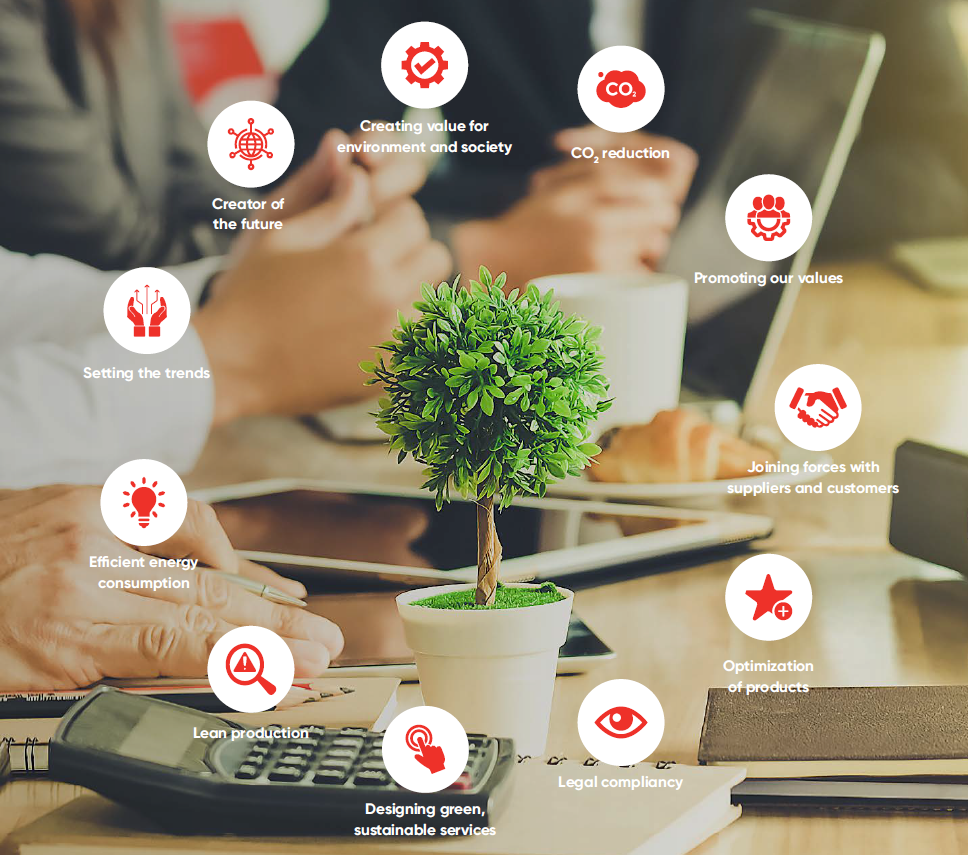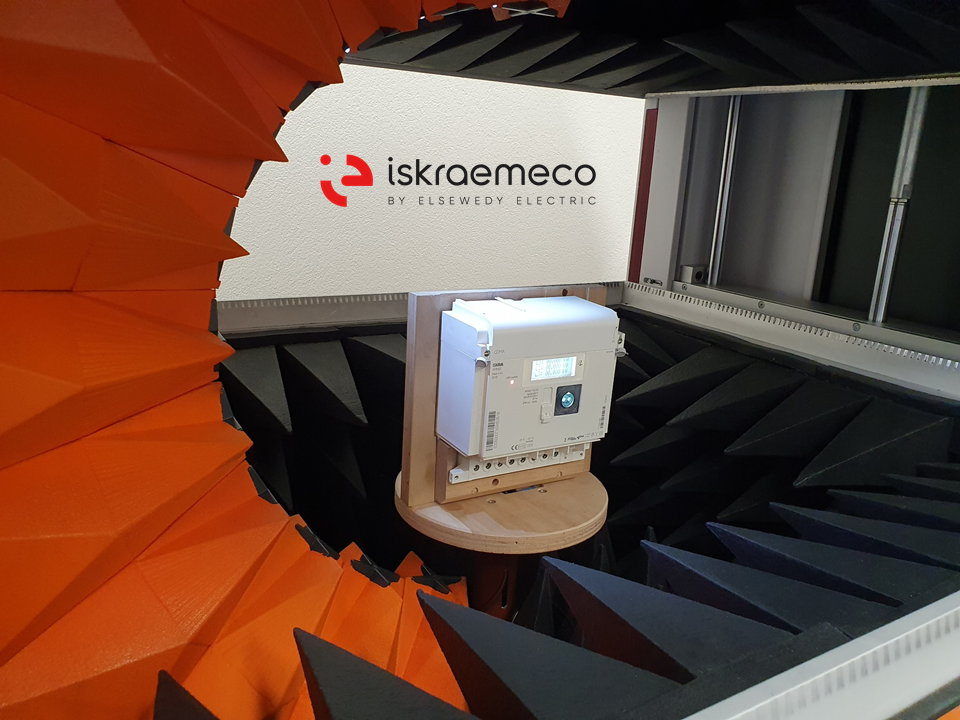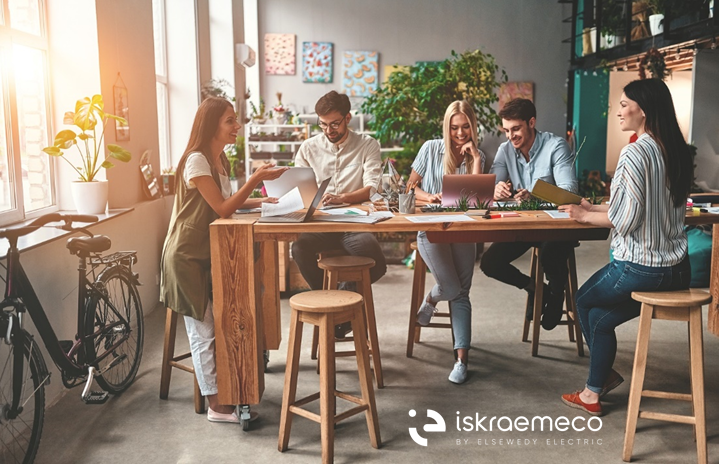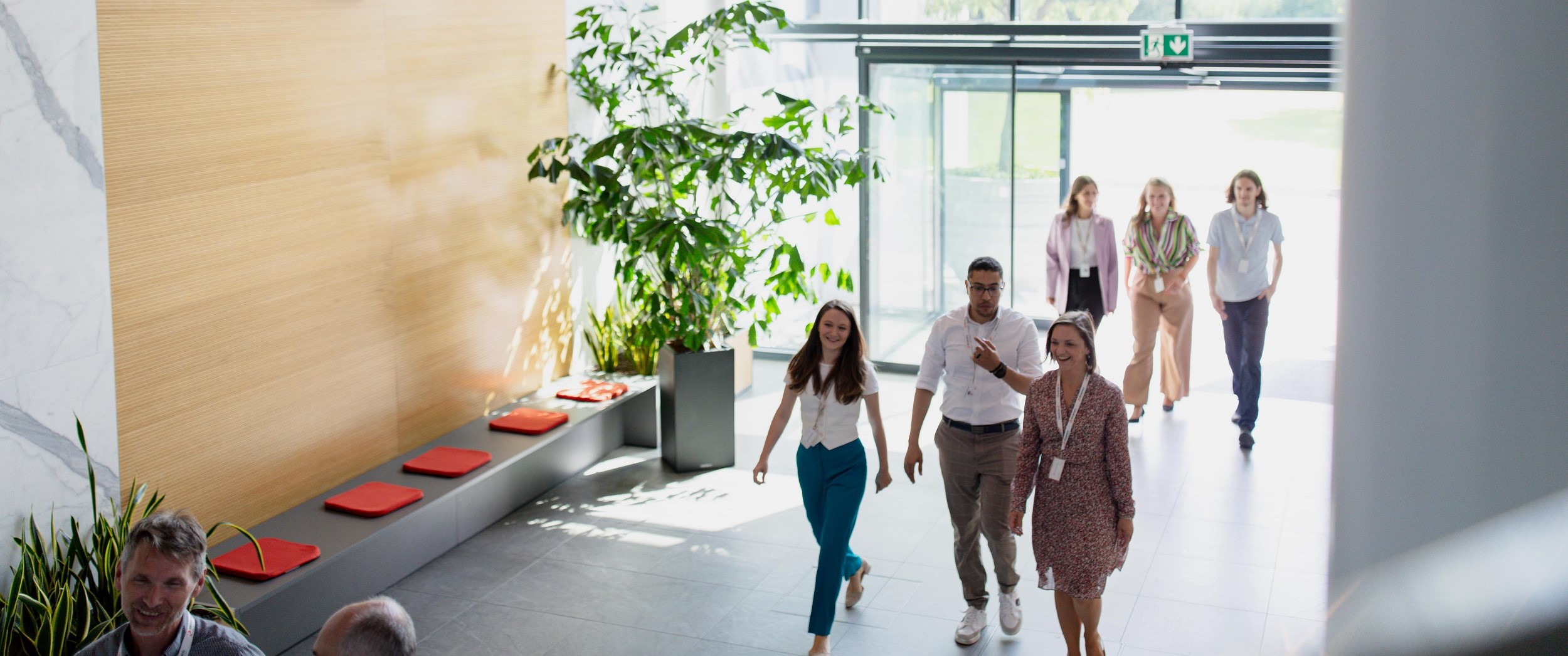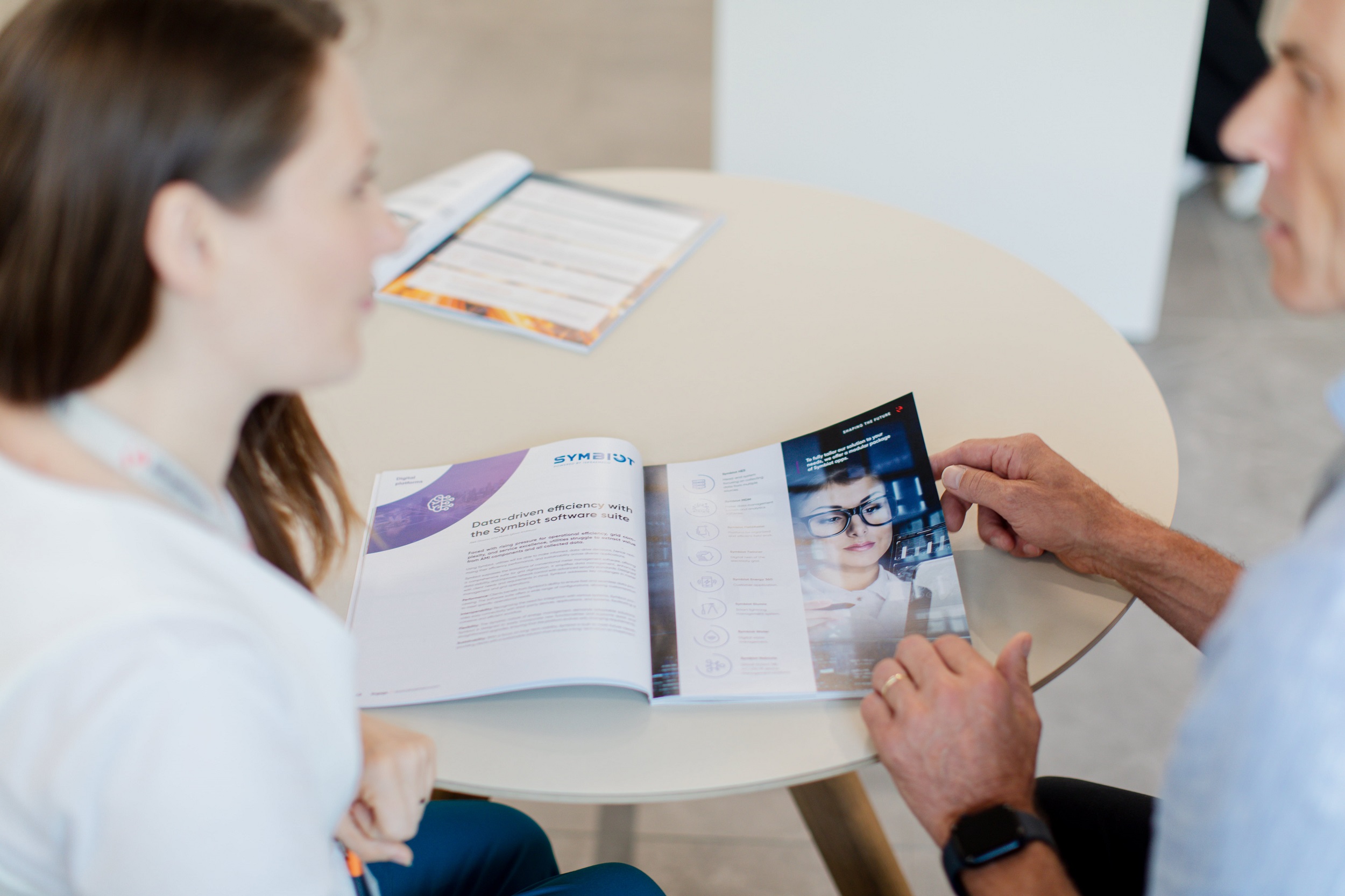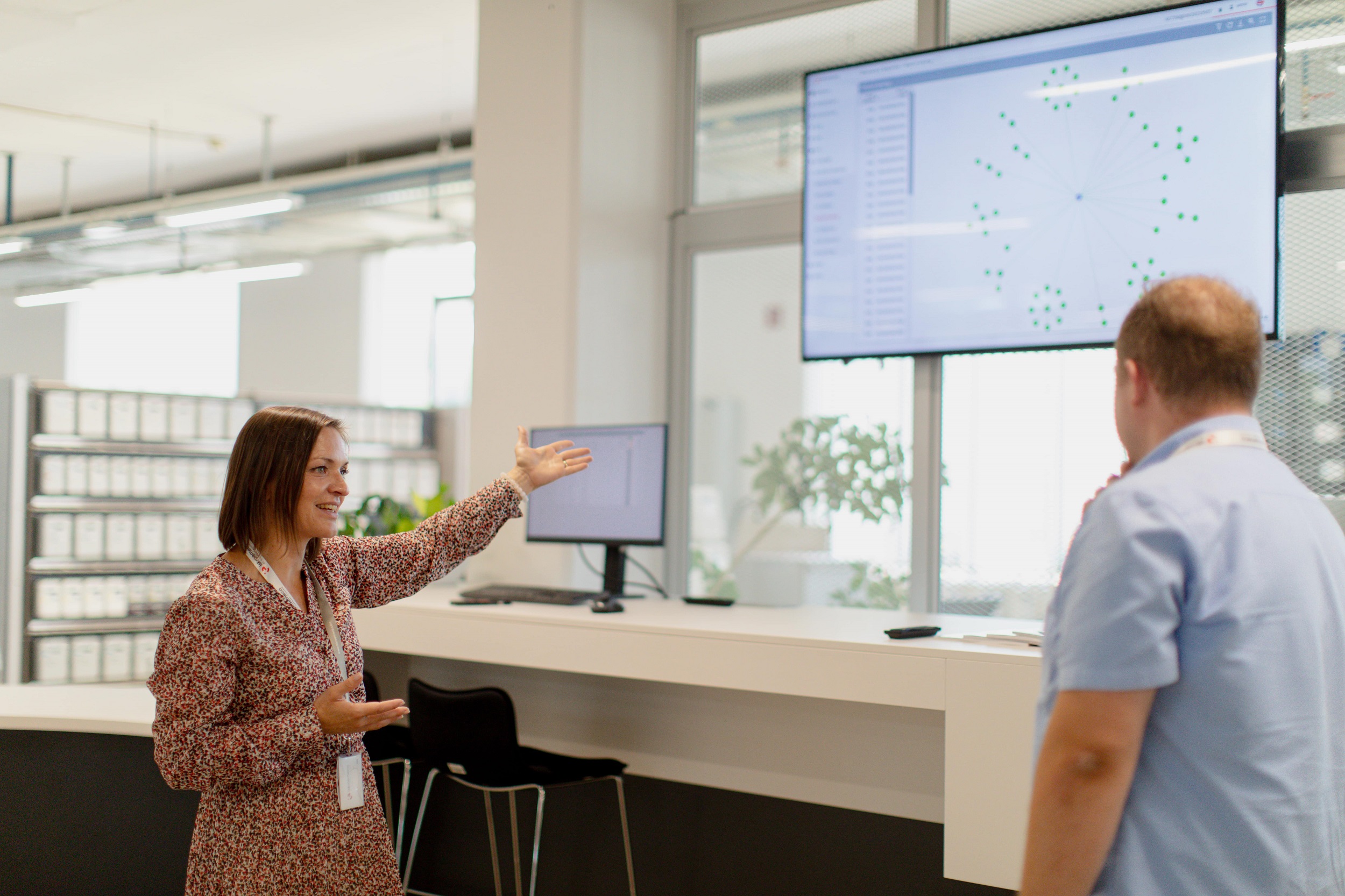Therefore, our competencies must change and our knowledge must grow in a deeper and wider sense. In addition, the word ‘sustainability’ is taking on a different meaning – to sustain, survive and prosper in the new reality.
The future is always overpredicted but underestimated
Many of the above-mentioned challenges have a similar source. We are living and creating a world that cannot sustain. We – the multi-stakeholder economy – are using resources we do not have and creating a footprint the Planet cannot nullify. We are paying consultants, experts and analysts to provide us with guidelines and predictions for the future. And we repeatedly look away, because we don’t like what we see in the mirror. We choose to ignore the obvious and continue searching for shortcuts. There will be a high price to pay globally if we continue on this track. The one thing we must learn from this terrible corona crisis is that a crisis is a crisis, which demands reactions, change and adjustment, and the climate issue is also a crisis.
Why all the above words?
Our industry plays an important, often overlooked role in this game. Over the next 10 years, our biggest goal is to cut the global CO2 footprint by 60%. CO2 footprint has the biggest correlation with energy demand. Energy consumption is growing annually, therefore the CO2 footprint is also growing. Buildings create the biggest percentage of the overall CO2 footprint. To achieve a better perspective, let’s look at the EU; in the past, its goals were to increase renewable energy by 20%, decrease CO2 footprint by 20% and to improve energy efficiency by 20%. The first two goals have more or less been achieved, however, the goal to improve energy efficiency has not been met. The goals for 2030 are much higher, the time period shorter, and the EU has called for a public consultancy, which is open until June 2020, on suggestions for how to raise the bar of the climate goals even higher and, moreover, how to achieve the goals. What strategies and technologies do we need to develop or start to use? We will participate with our strategy, will you?
CO2 footprint has the biggest correlation with energy demand.
Energy consumption is growing annually, therefore the CO2 footprint is also growing.
And what is our strategy?
For the last 10 years on a global level, the main solution everybody has focused on has been switching to renewable energy and limiting the use of fossil fuels. Yes, this is needed and we must continue, however, we know how the world is going to develop and energy consumption will increase – some say by up to 50%. With this in mind, it is obvious that energy efficiency must be a key strategy.
From Iskraemeco’s perspective, the company can contribute to energy efficiency on three different levels:
1. By optimising our company’s energy efficiency and solutions. We have achieved great results and lowered the CO2 footprint per product by more than 50% in the last five years. We will continue this trend by introducing new innovations, solutions and adjustments.
2. Through our customers using Iskraemeco solutions. It has been proven that the installation and use of smart metering technologies can increase energy efficiency by up to 10%. It should be noted, however, that although the EU is close to the targets it has set (80% of smart electricity meters installed by 2020), the majority of EU countries do not use smart metering technology to its full potential, therefore the energy efficiency potential is not being achieved. So, the advice for the rest of the world is: Do not repeat Europe’s mistake, data is a valuable tool for you.
3. At the level of end-users. If modern, end-user applications were to be available, where consumers could optimise their household energy consumption based on data from the meter joined and analysed with more data from the grid and from the source of the energy. There are already numerous great small business models in place, however, it needs to be pushed to higher volumes. It is also important to note that countries outside of Europe, such as those in the Middle East and Africa, are often looking more seriously into these solutions. Let’s all learn from each other.
To summarise, the energy sector has pledged to play a leading role in investments that are essential in becoming carbon-neutral well before 2050. That being said, the underlying question remains: how will it happen?
The digital transition is a key enabler in fighting the climate crises and achieving the green transition. Energy efficiency, renewables and e-mobility, smart cities, smart homes, and smart grids with all the possible data analytics – are all tools we have available and we need to use them wisely and fast.
To achieve this, synergy and cooperation are needed among all the stakeholders of the energy industry as well as understanding and agreement among policymakers. Nowadays we are often in between Dataphobia – being afraid of data – and Datatopia – the vision of a better world achieved through the use of smart technologies.
The fact is “We are living now, but we are creating the future”. We need to use measuring and data for a better world.
…and measuring and data is what Iskraemeco knows best and has been mastering –
with an added spin of innovation, agility and flexibility – for over 70 years…And here we wish to engage you, to join our efforts and strategy. Join us in our journey, with You we wish to be on the right side of history. And remember, “we are our choices”.
